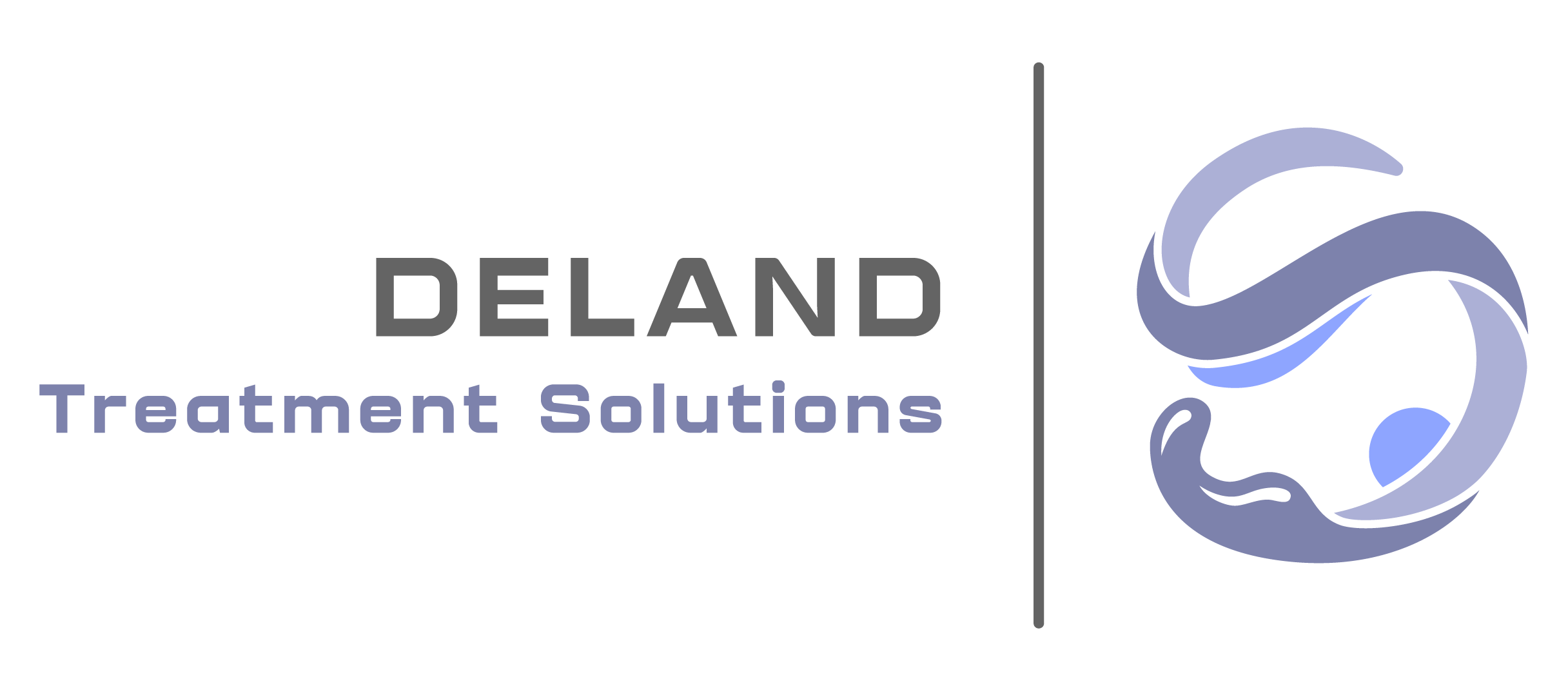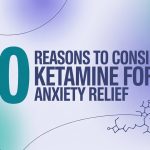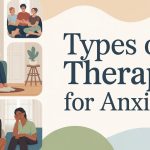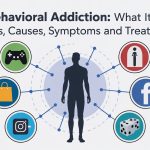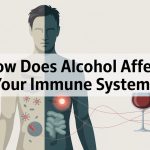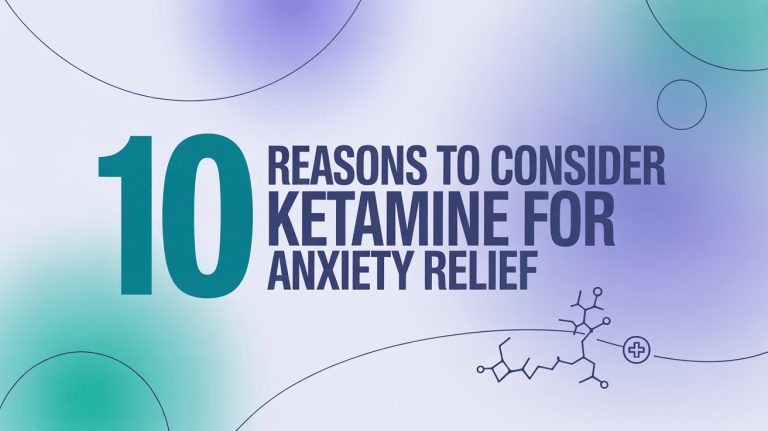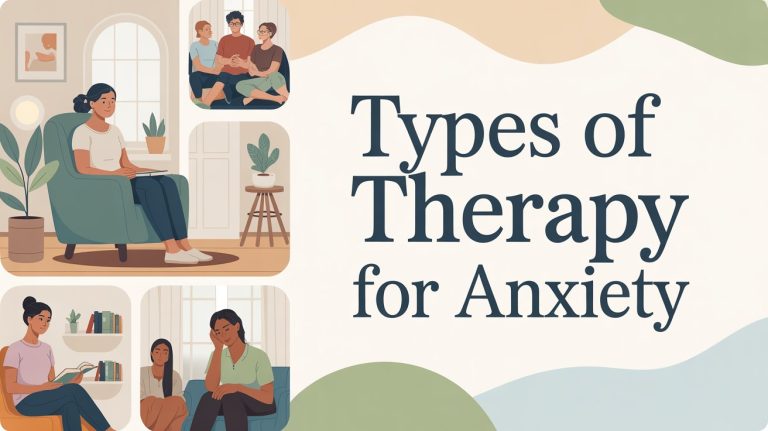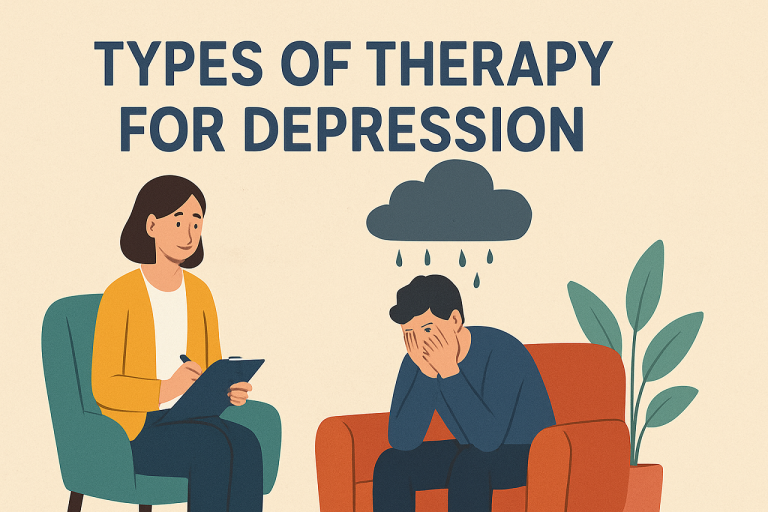This blog explores how Accelerated Resolution Therapy (ART) is redefining modern mental health treatment. You’ll learn:
- What Accelerated Resolution Therapy (ART) is and how it works
- Key pros and cons of this therapy
- Techniques therapists use during ART sessions
- Conditions ART can treat effectively
- Differences between ART, EMDR, and Rapid Resolution Therapy
- Broader role of ART in mental health recovery
In the current stressful mental health care setting, patients and clinicians are demanding treatments that will enable them to come up with results within a short duration without compromising on their safety and performance. Accelerated Resolution Therapy (ART) is one of such innovative therapies. ART was invented by Laney Rosenzweig in 2008 and has rapidly jumped to the notice of the world, as it can help a client come out of trauma, anxiety, depression, and phobias within a few sessions rather than months.
In addressing the painful memories, ART plays an important role in replacing the painful memories with alternative thought processes through visualization and eye movement methods of memory implication and exercising voluntary replacement of the picture instead of the long talk therapies used in conventional therapies. The difference in reality is the velocity at which the clients generally mention the advances, which might be experienced following one to five sessions.
What is Accelerated Resolution Therapy (ART)?
Accelerated Resolution Therapy (ART) is an evidence-based form of psychotherapy that involves an extremely brief intervention to help individuals to reprocess some unpleasant memories and emotional triggers. It is founded on the known therapeutic models, which include Cognitive Behavioral Therapy (CBT) and Eye Movement Desensitization and Reprocessing (EMDR), except that it is more specific.
The primary approach that has been used by ART is the eye movement techniques, which assist the brain to relax, therefore enabling the patients to reprocess traumatic or distressing events. Unlike the traditional approaches to treatment, which use reenacting the content concerning traumatic memories, ART allows its clients to process the information without having to retell all the details. This will not only protect them against a re-experience of trauma but also allow their brain to rethink the emotional reaction.
The specific purpose of the therapy is not to forget but to dissociate the emotional pain, which is widely connected with the memories in order that the patients could remember the past and not feel overwhelmed.
Accelerated Resolution Therapy: Pros and Cons
Any treatment has its benefits and drawbacks.
Pros of ART
- Faster results – Many patients feel improved in 1 to 5 sessions, which is in contrast to conventional therapy, which may take months.
- Non-Invasive – ART will not entail excessive reliance on drugs, and thus it will be an alternative to people that desire alternatives.
- Trauma-Safe – Patients do not have to narrate all their traumatic experiences in order to benefit.
- Evidence-Based – ART is research-supported and an effective intervention in PTSD, anxiety, and depression.
- Flexible Applications – Can be used by children, adults and veterans with different mental health problems.
Cons of ART
- Ineffective Access – ART professionals are not distributed everywhere.
- Barriers to ART insurance coverage are not uniform and might not be included in the regular insurance cover.
- Not a Cure-All – ART is not to be administered alone in the treatment of a rooted personality disorder or a complicated case.
- Short-Term Intensity – The sessions might be emotional, even in cases of short sessions.
100% Confidential Support is Available 24/7
No matter what you’re going through, you’re not alone. Our dedicated team is here to provide a safe, judgment-free space where you can talk openly and honestly. Whether you need emotional support, resources, or just someone to listen.
We’re here for you—completely confidential and always respectful of your privacy. Call us today!
100% Confidential Support is Available 24/7
No matter what you’re going through, you’re not alone. Our dedicated team is here to provide a safe, judgment-free space where you can talk openly and honestly. Whether you need emotional support, resources, or just someone to listen.
We’re here for you—completely confidential and always respectful of your privacy. Call us today!
Accelerated Resolution Therapy Techniques
ART sessions are flexible and organized. Some of the typical processes are:
- Imagery Rescripting: Here, patients are also told to develop alternative images of the traumatic events through visualizing and building better images, rather than the distressing ones.
- Eye Movement Therapy: Just like the example of REM sleep, eye movement therapy helps in desensitizing unpleasant feelings.
- Voluntary Image Replacement: Clients are the active ones who choose to substitute the painful images with the relaxing or empowering mental images.
- Relaxation Exercises: The techniques used to remain safe and reduce anxiety during the sessions are breathing and grounding.
- Memory Reconsolidation: ART reprocesses the emotional reaction of the brain, which represses negative associations rather than eliminates them.
These means can help patients to leave the therapy with the same memories as the ones they had, only with another perspective, one that would not lead to them working through the intense distress.
Deland Treatment Solutions
Battling with Drug and Alcohol Addition? Remember, you are not alone and we are here to help you!
What is Accelerated Resolution Therapy Used For?
ART has been successfully applied to a wide range of disorders:
- Post-Traumatic Stress Disorder (PTSD) : This is particularly effective with the victims of assaults and the ones who have experienced an accident.
- Anxiety Disorders: Generalized anxiety, panic attacks and social anxiety.
- Depression: Helps reorganize negative self-cognitions, which reinforce the nature of depression.
- Phobias: Soothe too much irrational anxiety, e.g. flying, heights, or animals.
- Addiction Support: Fills the causes of addiction, which, in most instances, contribute to substance abuse.
- Grief and Loss: Leads to the possibility of coping with painful losses without forgetting about the cherished memories.
It has already been mentioned that ART has been successful in cases of trauma, but as more general mental conditions are being increasingly applied, it suggests that it has a bright future in terms of versatility.
Accelerated Resolution Therapy vs. Rapid Resolution Therapy
ART and Rapid Resolution Therapy (RRT) are not similar but they sound alike.
- Accelerated Resolution Therapy (ART): It is also an evidence-based and systematic approach to the issue of memory reconsolidation through the use of guided eye movements.
- Rapid Resolution Therapy (RRT): The therapy is more conversational and hypnotic than the others, with its main aim of reinterpreting traumatic events using metaphors and stories.
The two therapies are aimed at reducing the distress of emotions, but ART is more standardized and widely studied, and therefore, it is better to use it in treatment.
Accelerated Resolution Therapy vs. EMDR
The two methods have been compared to the use of ART and the Eye Movement
Desensitization and Reprocessing (EMDR), since both involve eye movements. The major differences are the following:
- Speed of the Sessions: ART is also fast-paced, and the sessions are typically fewer than in EMDR.
- Verbal Detail: EMDR may use a factual account of the trauma, whereas ART does not.
- Imagery Replacement: ART has voluntary image replacement, which is absent in EMDR.
- Form: ART sessions are more educative, and EMDR can be less inflexible.
Concisely, ART simplifies some of the tasks of EMDR and reduces the time taken in the procedure and making it effective.
What Does Accelerated Resolution Therapy Treat?
ART is particularly effective with the treatment of:
- Post-traumatic stress disorders and traumas
- Anxiety and panic disorders
- Low self-perception and depression
- Phobias and fears
- Sleeping disorders and nightmares
- Grief and complicated loss
It has been used along with other treatment methods, including medication or talk therapy, to provide a holistic treatment method.
Expert’s Advice: ART should be considered as an option, given its rapid outcome in Patients with PTSD and anxiety; patients are entitled to informed decisions. (PMC.NCBI)

Therapies for Mental Health
ART requires a more comprehensive perspective regarding mental health care despite having a lot of potential. Other therapies include:
- Cognitive Behavioral Therapy (CBT) – It seeks to alter the way one thinks to improve his/her behavior and mood.
- Dialectical Behavior Therapy (DBT) – Helps to manage emotions and coping skills.
- Exposure Therapy – Step by step fear confrontation within a secure environment.
- Medication Management – Pharmacological intervention is usually applied with depression and anxiety therapy, etc.
The combination typically proves to be the best option, in accordance with the requirements. An efficient and quick alternative to this toolkit, especially with trauma survivors, is ART.
Call (386) 866-8689 to contact DeLand Treatment Solutions and find out about ART therapy today.
Key Takeaways
- Accelerated Resolution Therapy (ART) is a new psychotherapeutic approach that is designed to reduce the effects of trauma and anxiety within a brief time.
- ART entails reprocessing painful memories through the deployment of techniques like imagery rescripting and guided eye movements.
- It is characterized by such benefits as rapid results, having a safe treatment of trauma, and broad uses.
- ART cannot also be compared to EMDR or Rapid Resolution Therapy, yet they are comparable.
- It is used in PTSD and anxiety, depression, phobias, and grief.
- ART is not everywhere and not so effective, and it is insurable or not.
- Combination of ART and other therapies typically provides maximum outcomes in the long-term mental condition.
FAQs
What is Accelerated Resolution Therapy?
Accelerated Resolution Therapy (ART) is an evidence based, short psychotherapy that helps individuals to reprocess traumatic or painful memories. It reduces the emotional pain that is linked to recollection and gives up the factual memory through eye movement and image replacement.
Is Accelerated Resolution Therapy the same as EMDR?
No, ART and EMDR are distinct. Both methods are eye-based movements, but ART is more structured, faster, and entails imagery rescripting. Compared to EMDR, the ART does not presuppose the discussion of the trauma stories in detail, which is more comfortable for some patients.
Is Accelerated Resolution Therapy legit?
Yes. Such institutions as the U.S. Department of Defense have accepted ART, and it can be treated with peer-reviewed research to deal with PTSD, anxiety, depression, and other conditions. It is considered an acceptable and inspiring therapy for mental conditions.
How do you do Accelerated Resolution Therapy?
A client is subjected to sets of eye movements and visualizations, as well as imagery rescripting, directed by a trained therapist. The sessions last 60-75 minutes, and the clients usually feel relieved with one or two sessions, though more sessions could be prescribed.
Is Accelerated Resolution Therapy covered by insurance?
ART is not equally insured. Some of the providers classify it as general psychotherapy and some have not identified it. Patients are required to confirm that they have insurance or locate clinics that specifically have ART insurance or payment systems.
Who is a good candidate for Accelerated Resolution Therapy?
ART works well in cases of trauma, anxiety, depression, phobias, or grief. It specifically comes to the rescue when one does not feel the need to discuss the painful experiences in detail. Still candidacy is founded on the medical and psychological needs of every person.
